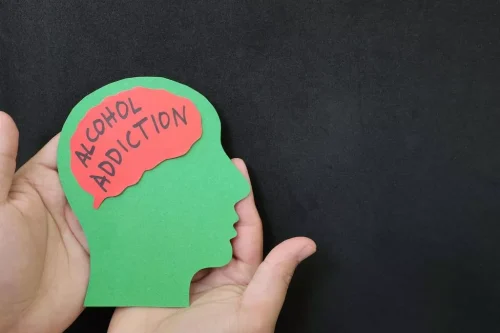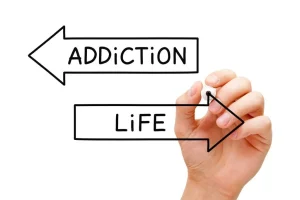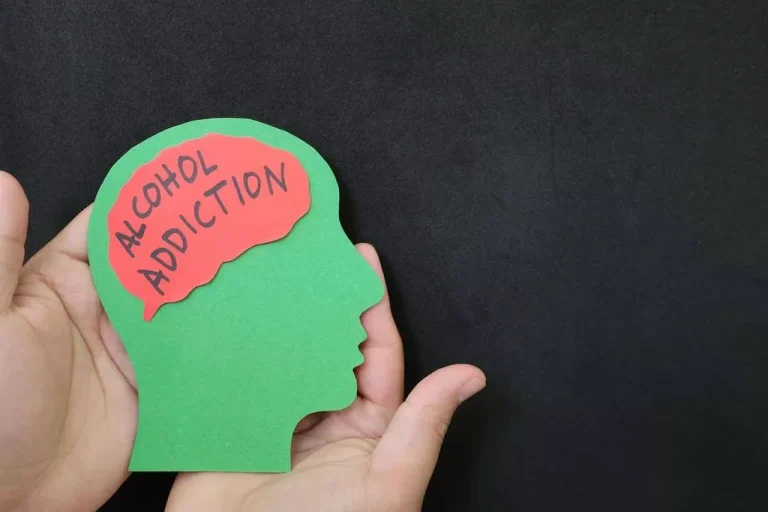What to Expect From Drug and Alcohol Rehab Programs

One third experienced relapses when they were experiencing negative emotions and urges to drink/use. By contrast, most adolescents relapsed in social settings when they were trying to enhance a positive emotional state. A small group of adolescents relapsed when facing interpersonal difficulties accompanied by negative emotions and social pressures to drink or use. Treatment and education can help adults learn techniques for handling urges and ways of accepting and managing negative emotions.
Comorbid disorders
Cravings are the intense desire for alcohol or drugs given formidable force by neural circuitry honed over time into single-minded pursuit of the outsize neurochemical reward such substances deliver. Cravings vary in duration and intensity, and they are typically triggered by people, places, paraphernalia, and passing thoughts in some way related to previous drug use. But cravings don’t last forever, and they tend to lessen in intensity over time. Stopping drug use is just one part of a long and complex recovery process. When people enter treatment, addiction has often caused serious consequences in their lives, possibly disrupting their health and how they function in their family lives, at work, and in the community. Like treatment for other chronic diseases such as heart disease or asthma, addiction treatment is not a cure, but a way of managing the condition.
- The goal of detoxification, also called “detox” or withdrawal therapy, is to enable you to stop taking the addicting drug as quickly and safely as possible.
- In addition to receiving treatment for an appropriate duration, you should make sure that you attend the right type of rehaband that your rehab provider is licensed and accredited.
- Taking some drugs can be particularly risky, especially if you take high doses or combine them with other drugs or alcohol.
- The intensity of support offered in inpatient rehab makes this a treatment option recommended for severe cases of substance abuse or if an individual is experiencing both substance abuse and another mental health disorder.
Drug Rehab Guides for Addiction & Mental Health
As such, by the time the drug reaches the bloodstream it’s become oil soluble instead, ready to get to work. In essence, what the team has developed is a small molecular tag that can be attached to most drug molecules that makes them more effective as oral pills. This means that not only can current pills work the same with smaller or fewer doses, but other drugs that can’t currently be given orally might now be viable in that form. After 52 weeks in the LTE, 34 patients entered how long is drug rehab the OLYMPIA DURABILITY study, in which they were randomized to withdrawal or to continue on nemolizumab on an every 4-week dosing schedule.
Social scientific models
Research shows that the average length of stay in a PHP is three to four weeks. This doesn’t mean that inpatient drug rehab is the most effective treatment for everyone. It can be the more expensive option and impose limitations on your daily life. The U.S. Substance Abuse and Mental Health Services Administration suggests that patients should receive the least restrictive care possible. Certain substances have a powerful effect on the brain’s reward system. This may make people with SUDs experience cravings and withdrawal symptoms that can make it difficult to quit using these substances.
The uncertainty of a person’s behavior tests family bonds, creates considerable shame, and give rise to great amounts of anxiety. Because families are interactive systems, everyone is affected, usually in ways they are not even aware of. When a person goes into treatment, it isn’t just a case of fixing the problem person. The change destabilizes the adaptation the family has made—and while the person in recovery is learning to do things differently, so must the rest of the family learn to do things differently. Otherwise, their behavior is at risk of cementing the problem in place. Many people believe that they are powerless to change their own addictive behavior, and often it is a belief that keeps people addicted.

In this single-blind phase, those who were responders at 16 weeks received 45 mg povorcitinib, and those who were nonresponders received 75 mg povorcitinib. With involuntary treatment people can be helped, despite their initial misgivings. They have a chance of recovery and assimilation into society as functioning and productive people. Even a bad day in a warm place, with three squares a day, would be better than a good day in a freezing tent, looking for a fix. Action involves actively modifying behavior by making specific, observable changes to address the addictive behavior. Contemplation is the stage in which individuals become aware of the problems caused by their addiction and are considering change.
Treatment programs

But once the researchers added their tag to the molecule, its bioavailability jumped from almost nothing to 100%. That means much smaller doses would be needed, and more patients would respond better to the therapy. But the new tag is cleverly designed to change the solubility of the drug molecule it’s attached to. It starts off water soluble, but as the drug passes through the stomach or intestinal wall, enzymes there snip off the tag.

Research data confirms this, as well as the fact that people are at an especially high risk of overdose during a relapse. Choosing a drug and alcohol rehab center involves considering factors like how effective the rehab center is and your or your loved one’s specific treatment needs. MAT helps manage cravings, reduce withdrawal symptoms, and support long-term recovery by addressing both the physical and psychological aspects of addiction. Outpatient treatment offers a more flexible approach to addiction recovery that allows clients to receive therapy and other support while living at home. Another place to look for treatment options is your state’s substance abuse agency. Many states compile their own listings of certified programs as well as hotlines.
More in Addiction
Intensive outpatient programs (IOPs) are typically based in a hospital or clinic and provide therapy and other services several hours a day, allowing patients to live at home and attend school or work part-time. Partial hospitalization programs, sometimes known as day treatment, and also typically hospital-based, provide day-long treatment programming to patients living at home. It is common for patients to start treatment in a partial hospitalization program and, after a few weeks, take a step down in level of care to an IOP. Long-term residential treatment programs often use a therapeutic approach known as the therapeutic community (TC). This is an approach to re-socializing people whose addiction has seriously affected their ability to fit into society.





Leave a Comment